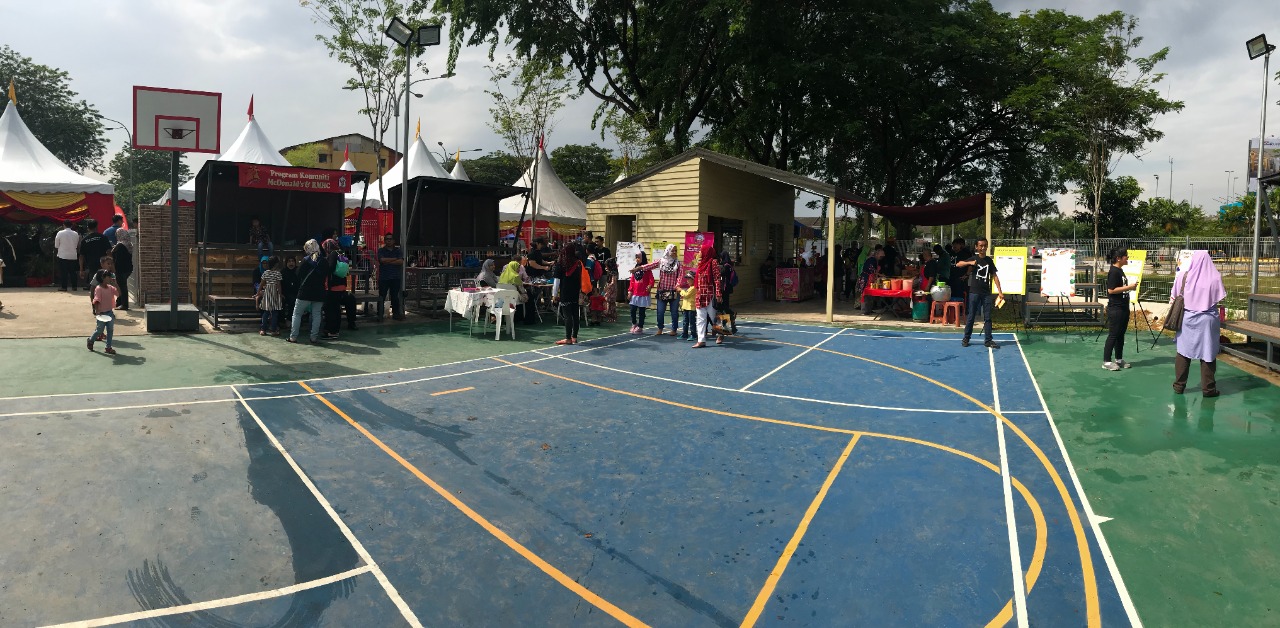
Keep up with our latest news and projects!

In Malaysia, it is common to find dead public spaces located in leftover parcels of public housing developments due to poor planning, cost constraints and mismanagement. Can these underused spaces be a catalyst for change within the community?
Epic Communities Malaysia is sharing the placemaking process that they’ve developed to guide other placemakers and their stakeholders in transforming spaces into places. Epic acknowledges that each space and community is unique, therefore, the process was designed to be flexible, moulding itself to the needs of the community and its external factors.
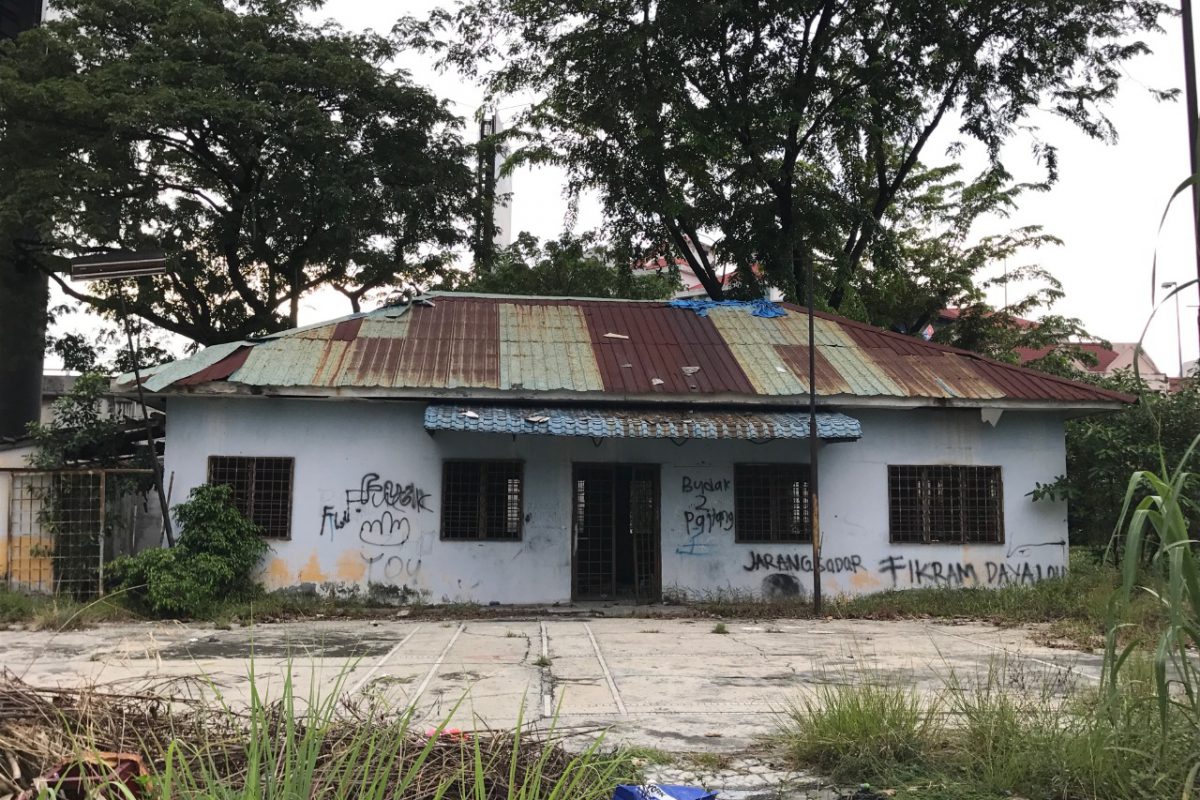
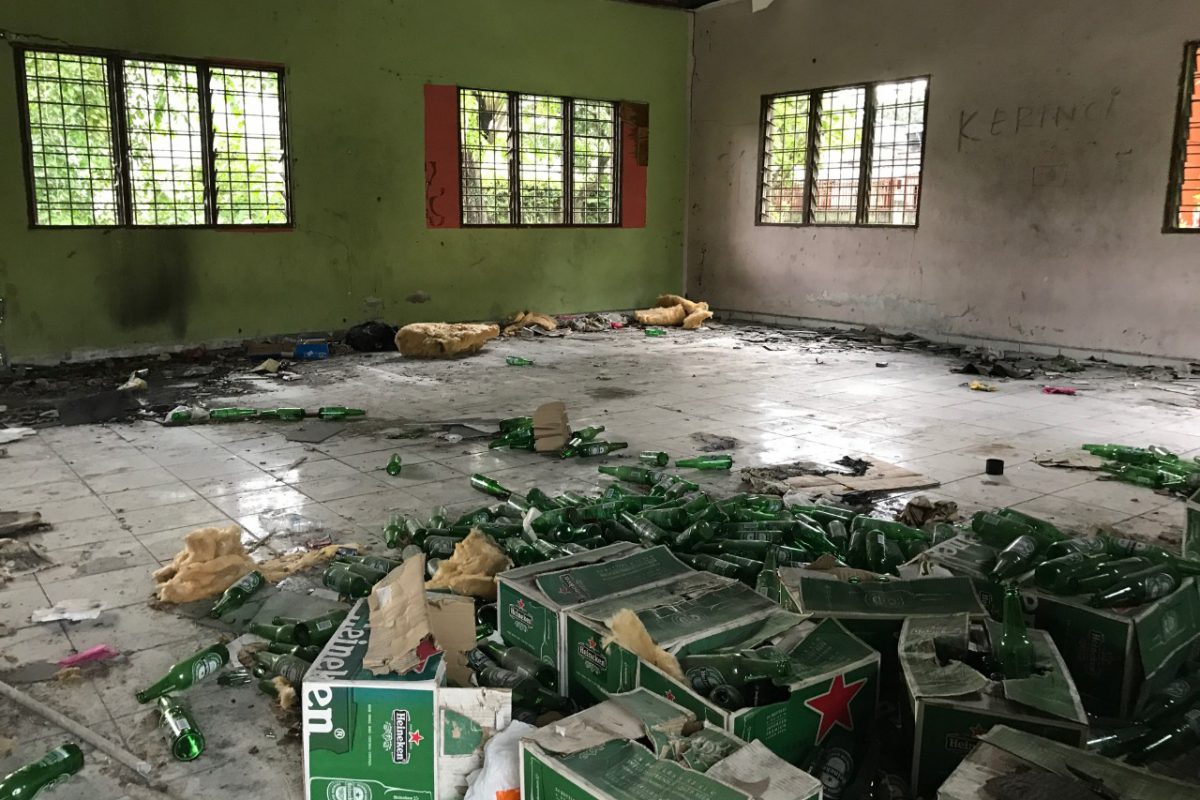

The story of PJS6 Library (PJS6) in Petaling Jaya began with an architect who grew up in the neighbourhood who saw an opportunity to bring a community space back to life. Together with other passionate residents, they lobbied Petaling Jaya City Council (MBPJ) for the redevelopment of an abandoned community building. This building was in a corner lot that adjoins an intersection with heavy traffic. The site was uninviting and had become a hotspot for crime.
Epic was invited by MBPJ to engage the participation of the local community in designing the lot’s outdoor spaces. The participatory design process that they developed represents a loop that cycles in five stages: Initiate, Engage, Develop, Activate and Empower. The loop reflects the reality that places are alive, organic and ever-changing. Ideally, a project should complete each phase and continue to flow through the cycles.

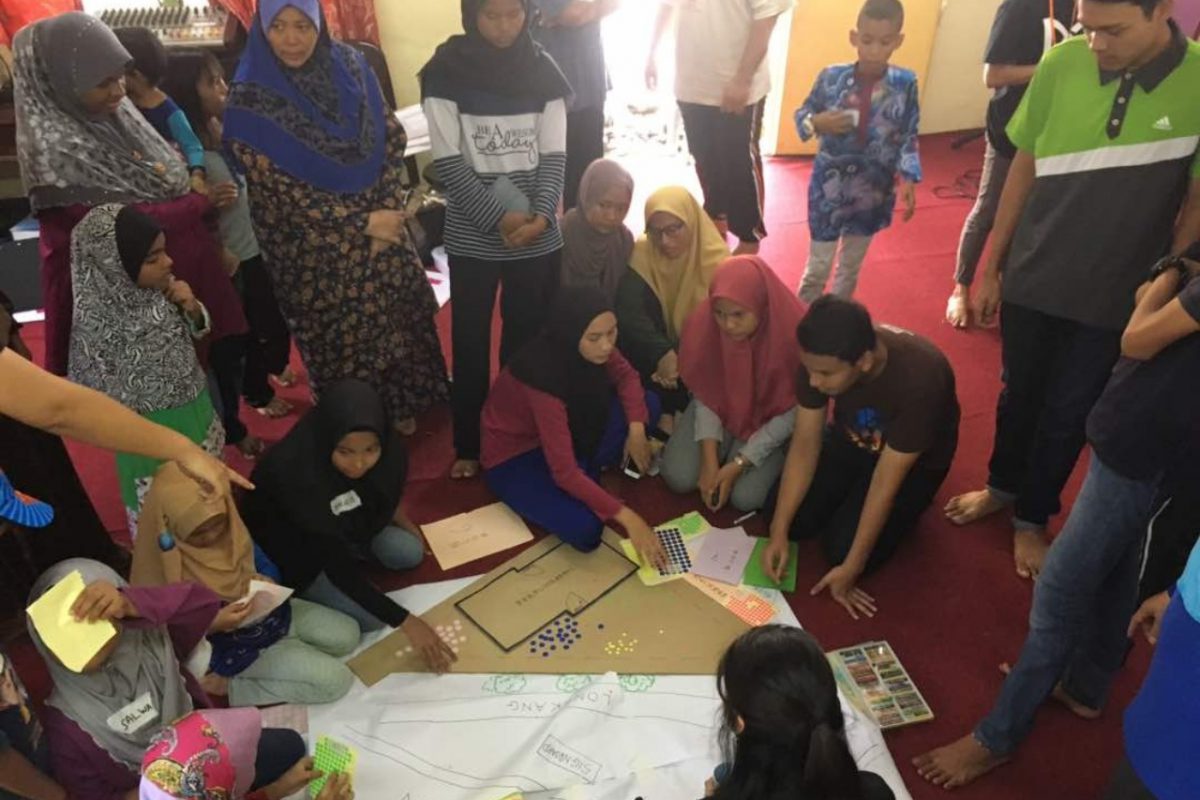
As with most cultures, food connects people. Epic’s engagements are called ‘Kopi Sessions’ (Coffee Sessions) and they involve chats over coffee and local desserts. The first public engagement was conducted during the local council’s launch ceremony. Although there were many respondents, unfortunately the results were skewed due to the majority of participants being adults.
To bring in younger participants, the Epic team had to re-strategise to provide a holistic overview of the community’s aspirations. Using a design thinking approach, they organised a session that was inclusive of all ages by using modelling clay, LEGO blocks, art and storytelling as tools.
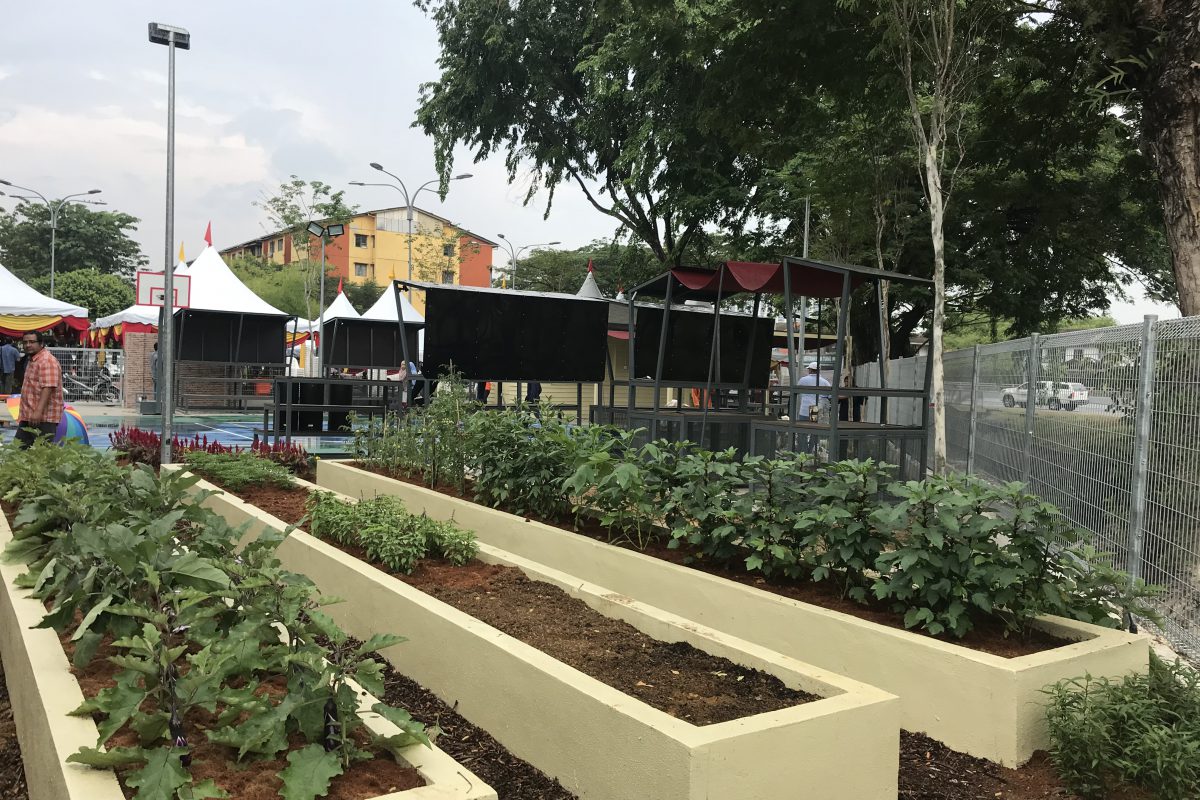
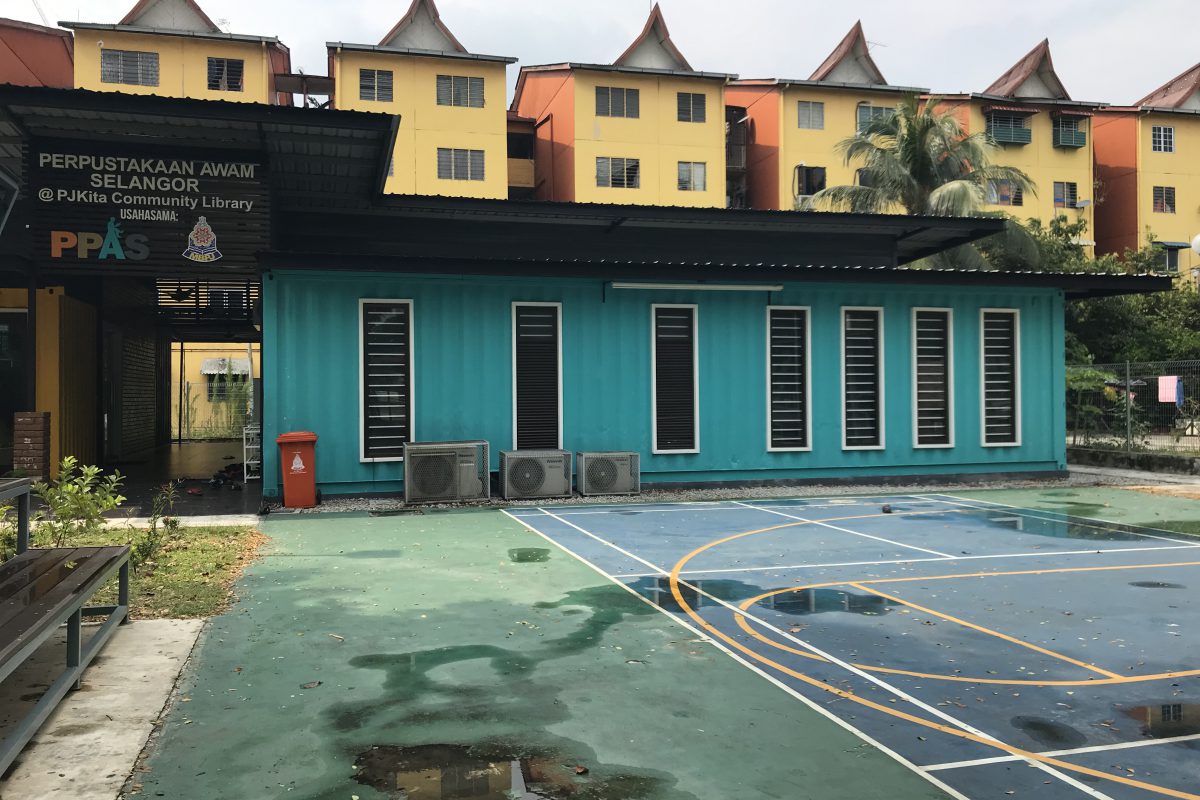
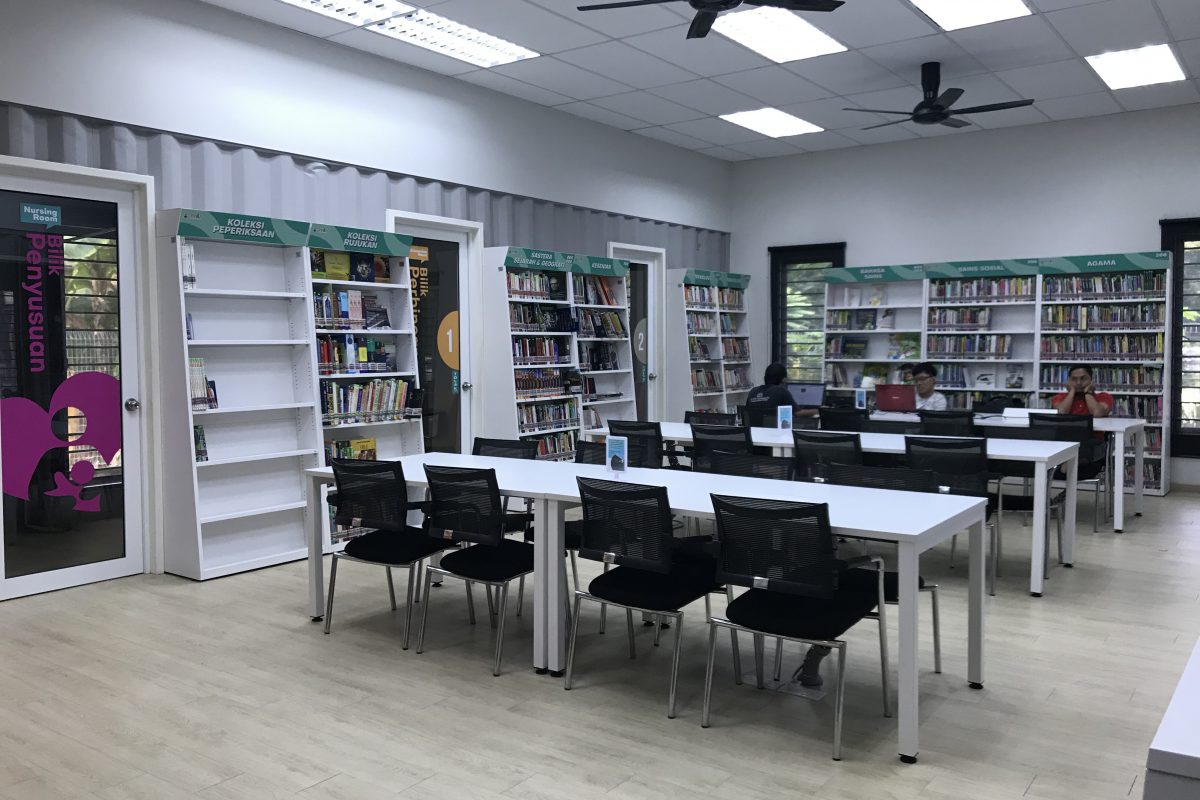
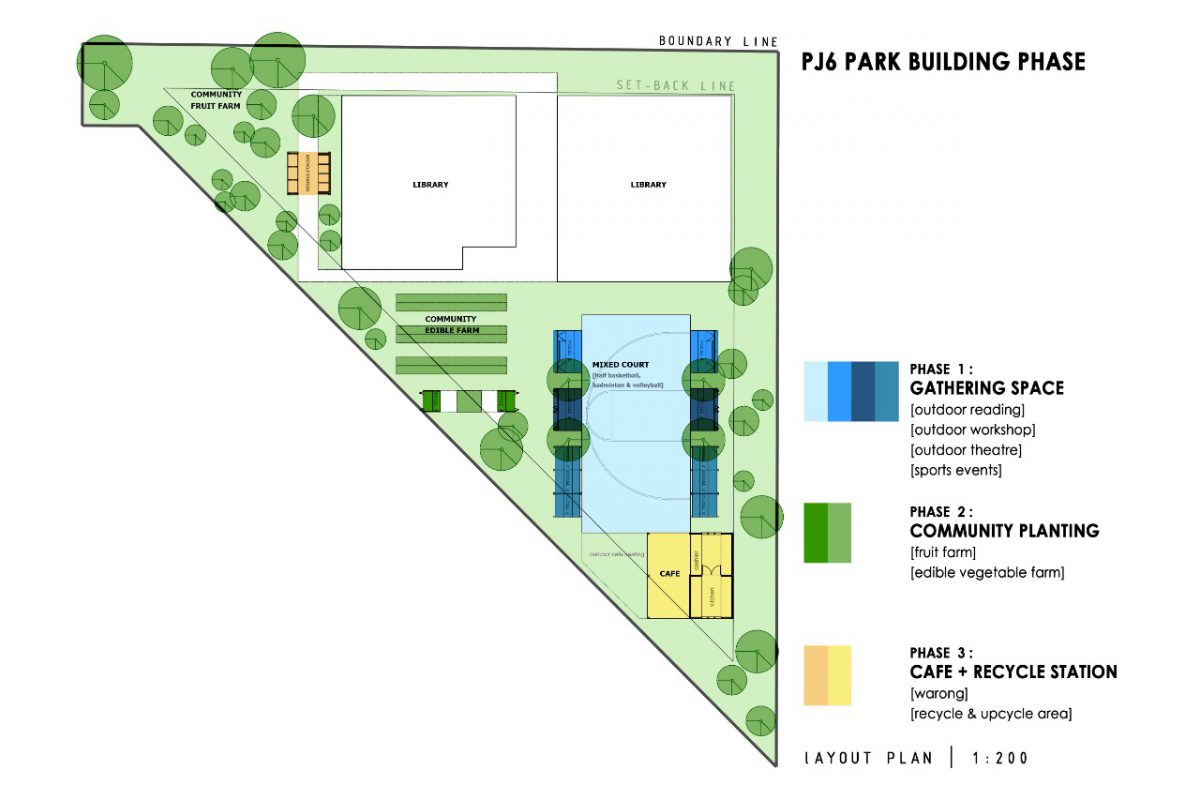
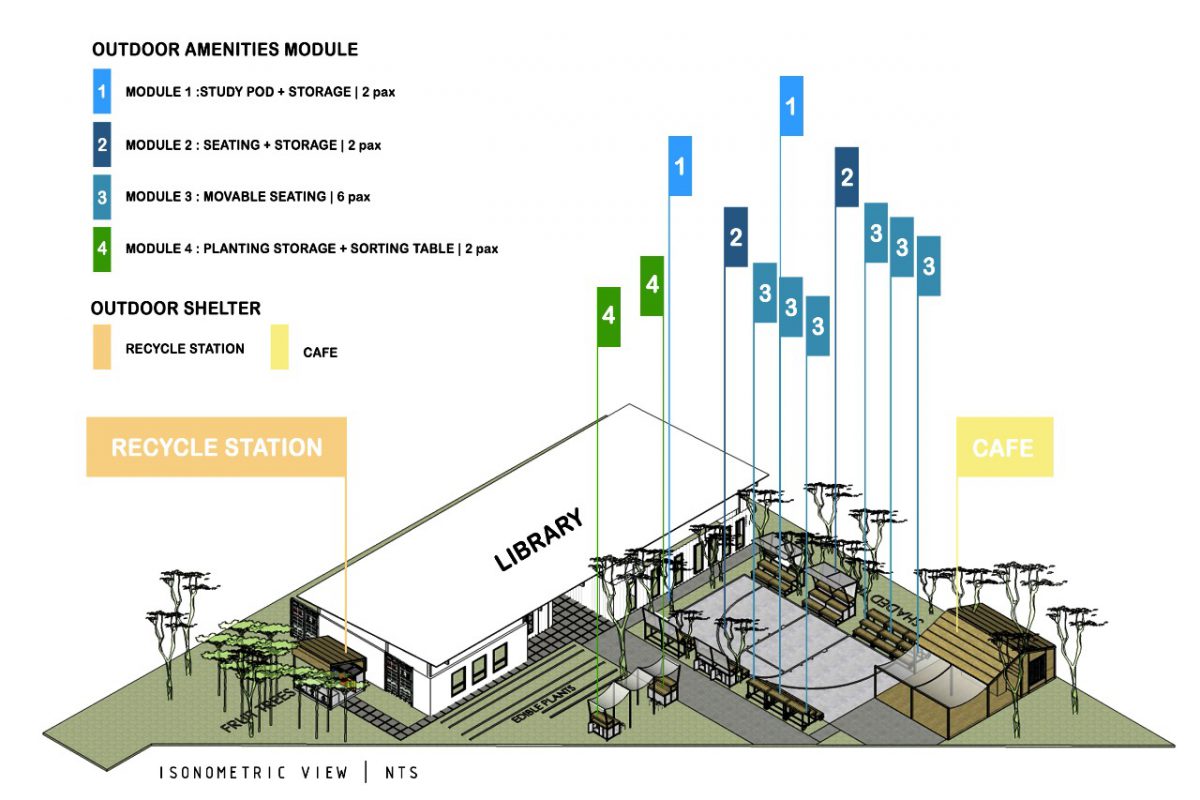
Conclusion
As the community goes through the cycle, the aim is to see a transformation in the community through a place. In this, a place merely acts as a catalyst for users to become empowered individuals.